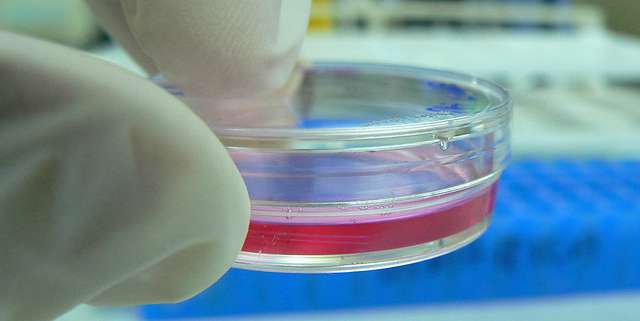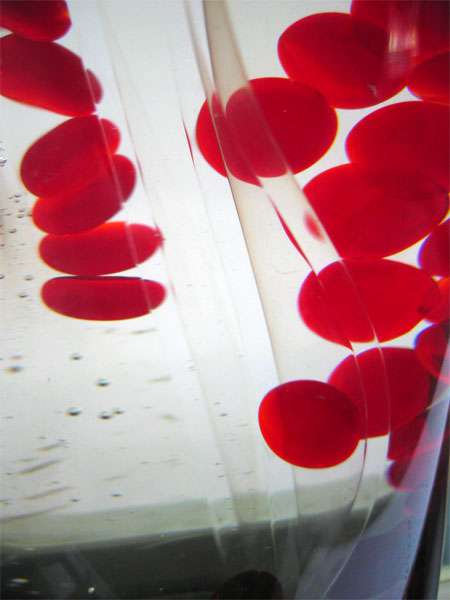
Spectrophotometers measure absorption values and can quantify cell growth in changes both rapidly and effectively in cell culture samples. Image Source: Flickr user Umberto Salvagnin
Cell growth monitoring is required in biomedical research to help determine the rate of change in cell-based tissues. A colorimetric assay is often used to quantify cell growth changes and provides a rapid and precise analysis about the basic health of these cells and can monitor their response to medications. This information is important for measuring metabolic activity, bacterial growth in cell populations, and can provide DNA analysis. Colorimetric assay data can then be used to develop treatment plans and monitor their success, providing a valuable resource in the medical research field.
Spectrophotometers provide specific cell information which is used to develop a colorimetric assay that can measure a variety of cell characteristics. This method of analysis is highly sensitive and can accurately quantify up to 3000 cells per petri dish1 and analyze their functioning and changes with UV and visible spectral absorption value measurements. Simple to use, non-destructive, with rapid and repeatable results, spectrophotometers are an essential tool in the medical science and research technologies of the future.


